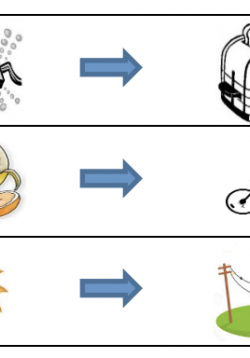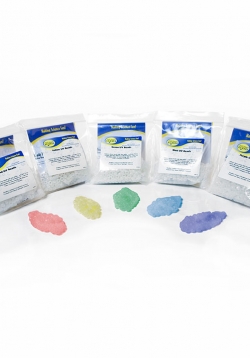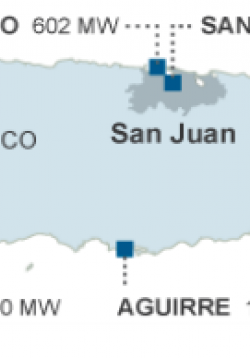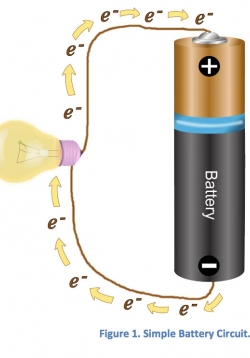Energy Sort
Students will be put in groups of six to eight students. Each group will have images of various items that produce heat (light bulb, hair dryer, refrigerator, computer, game system, television, car, motorcycle, microwave, space heater, etc.). The goal is...







